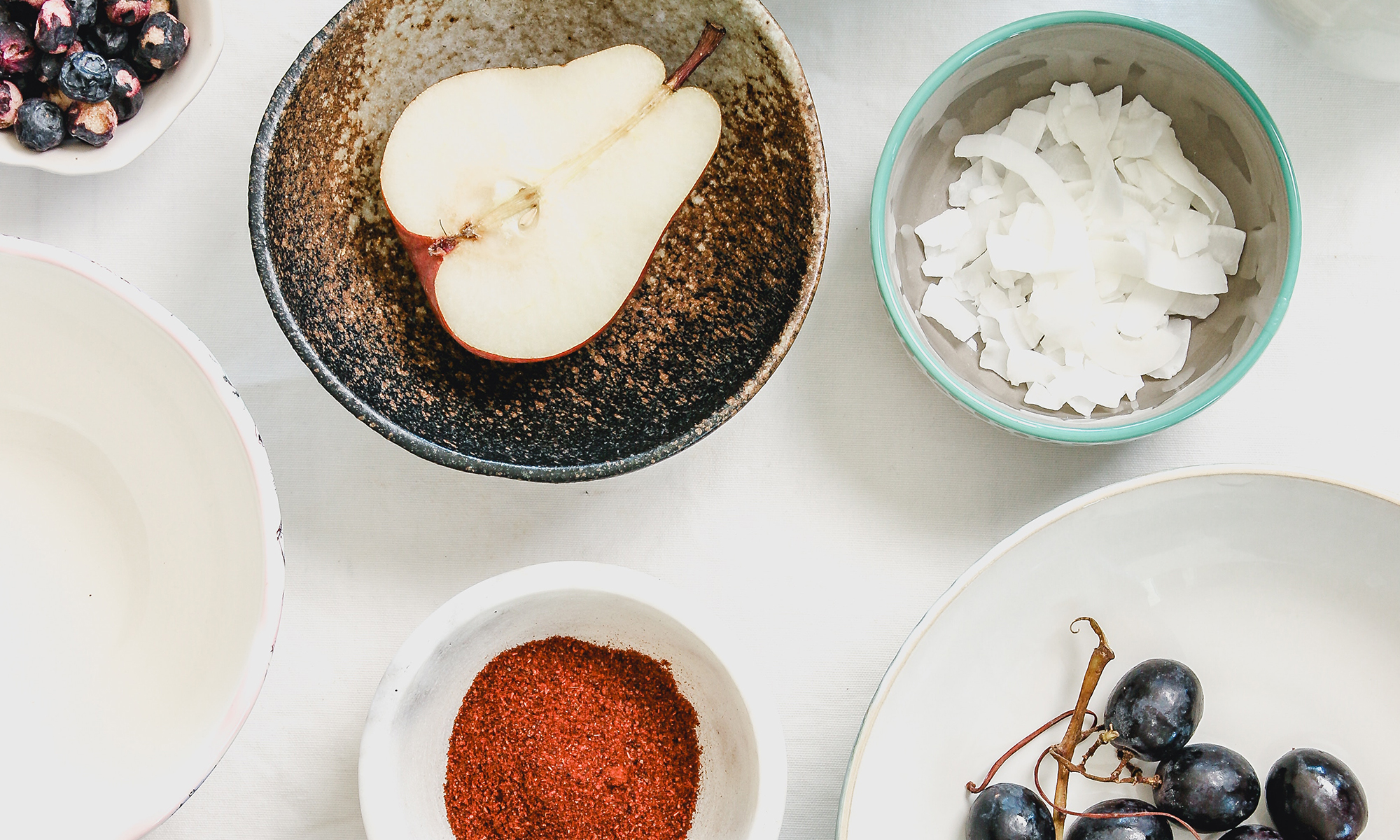This week’s market report comes from the Chevy Chase Farmer’s Market in Washington, DC.
This farmer’s market was founded just 4 years ago in the side yard of an elementary school. The look and feel is far different than the more urban markets in Boston, Cambridge and even Dupont Circle in downtown DC. The school and the market are in the middle of a shaded, residential neighborhood at the northern point of the city.
Only 3 farmers sell produce. To round out the offerings, there’s a meat stand, bakery, cheese stand and a woman selling fresh pasta. The market has a decidedly mellow feel to it… as the neighbors meander from one stall to the next. And because the market is so small they only allow organic farmers that sell their own products (Shockingly, some farmers sell produce from other farms and call it their own).
My friend Brett was one of the original farmers at this market. This week, his crops capture the essence of the shoulder season – the last of the spring greens and a glimmer of the summer harvest. The tomatoes he planted in the fields the first week of April are yielding its first ripe fruit. Corn that started in the greenhouse in March, and transplanted to the fields in May, now is so sweet and crisp you can eat it raw. Four kinds of basil sit next to parsley and squash blossoms. The last of the spring greens and fennel fill out the table. In Boston, the tomatoes we’re seeing at the market are still from the greenhouses. If Brett, 450 miles south of Boston, is just starting to harvest, we can expect to wait another 4 weeks in New England.
Haroon, is still selling spring crops – bushy heads of lettuce and plump walla walla onions.
Susan the orchardist has bushels of fresh white cherries and gooseberries. At $6/pound, this is less expensive than what’s being sold in the “supermarkets.” The large stone-fruits – peaches, plums and nectarines – won’t be ripe for another month. In the meantime, the raspberries are just coming into full force. This lets me know that the raspberries in my garden – are right on time with a few weeks to go until ripeness.


